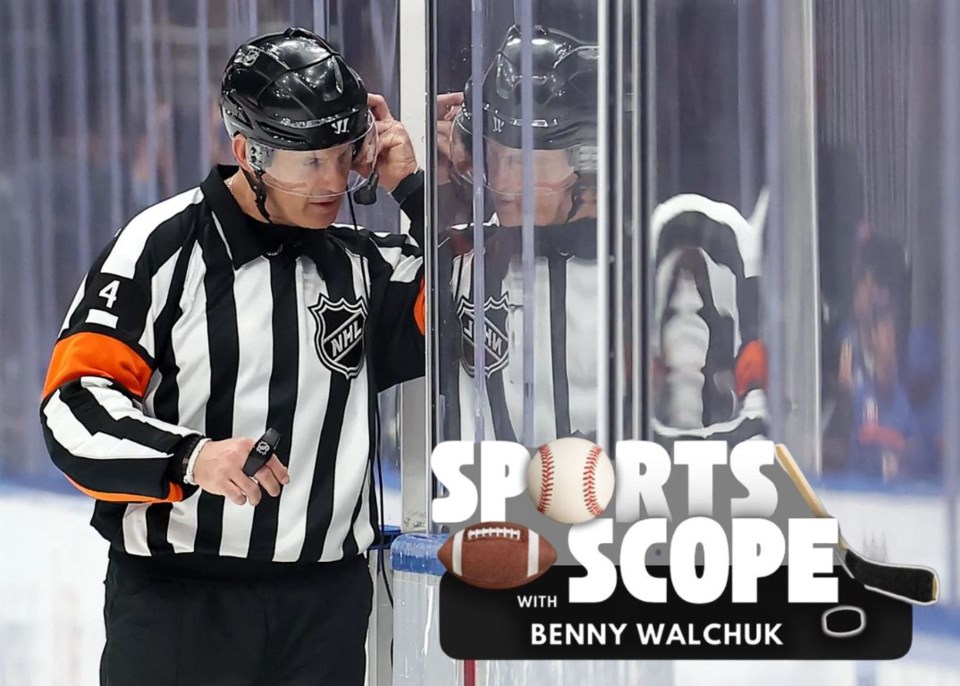Technology in sports is nothing new. Instant replay, goal-line systems, and sensor-based tools have become common across many leagues. However, as electronic officiating becomes more advanced and automated, it raises a key question: Is it helping or hurting the game?
The main argument in favor is clear — accuracy. In tight, high-pressure situations, fans, players, and coaches want the right call. Whether it’s a tennis ball grazing the line or a football barely breaking the goal line, technology helps eliminate human error and deliver fairness. On paper, that’s a win.
But there’s another side — the intangible essence of sports. Games are built on more than perfect calls. They thrive on emotion, rhythm, and unpredictability. Referees are part of that story. Controversial calls fuel passion, create headlines and shape legacies. When everything is reduced to freeze frames and data, something human — and exciting — gets lost.
There’s also the risk of overreliance. If officials lean too heavily on tech, it can slow the game and weaken their authority. Fans don’t want constant reviews — they want momentum, energy, and drama.
Technology in officiating isn’t the problem. It’s how we use it. When used to support — not replace — human judgment, it can be a valuable tool. The goal isn’t flawless officiating; it’s finding a balance between precision and the pulse of the game.
Because in sports, the best calls aren’t always perfect — they’re the ones that keep the game alive.



